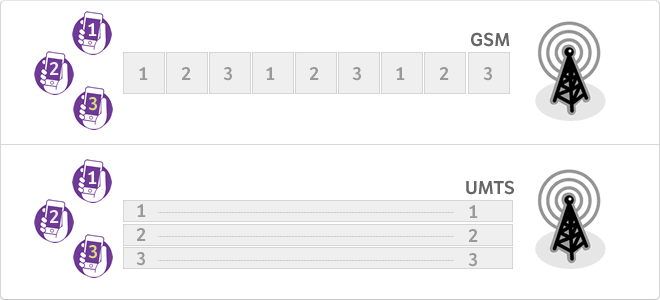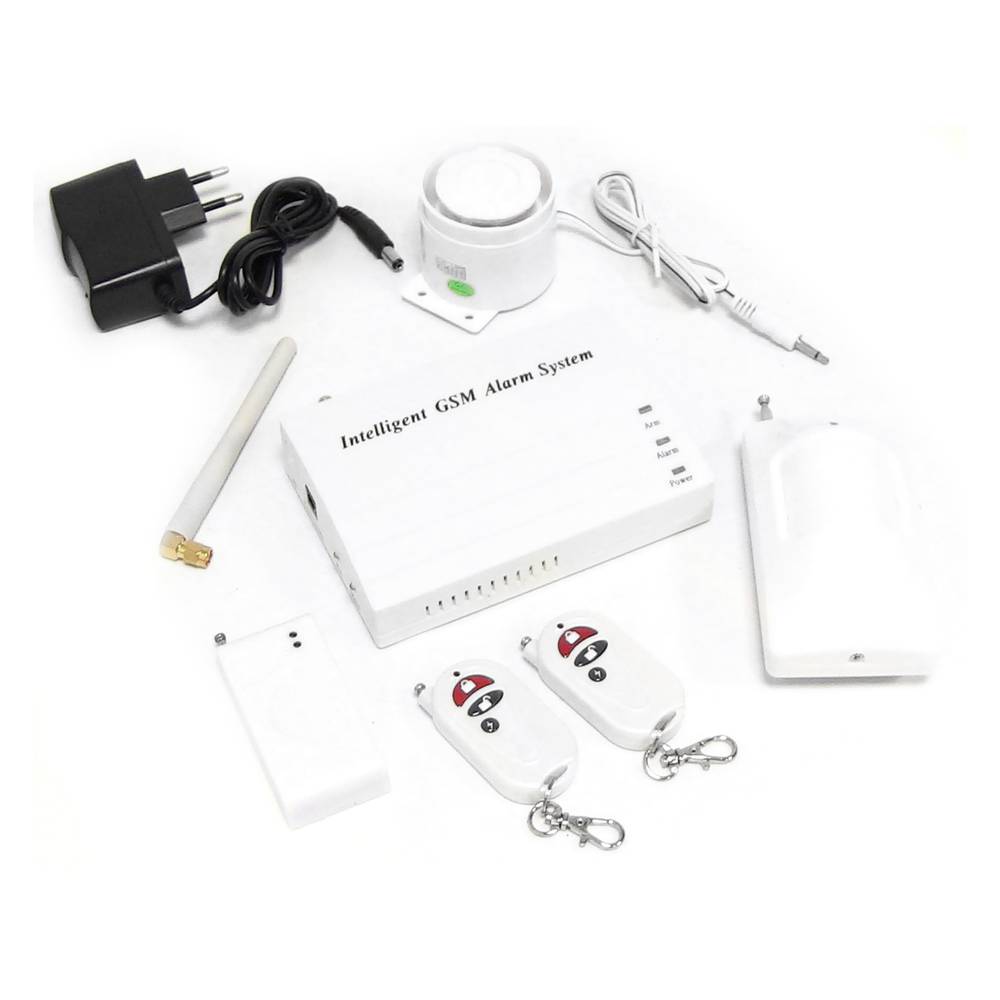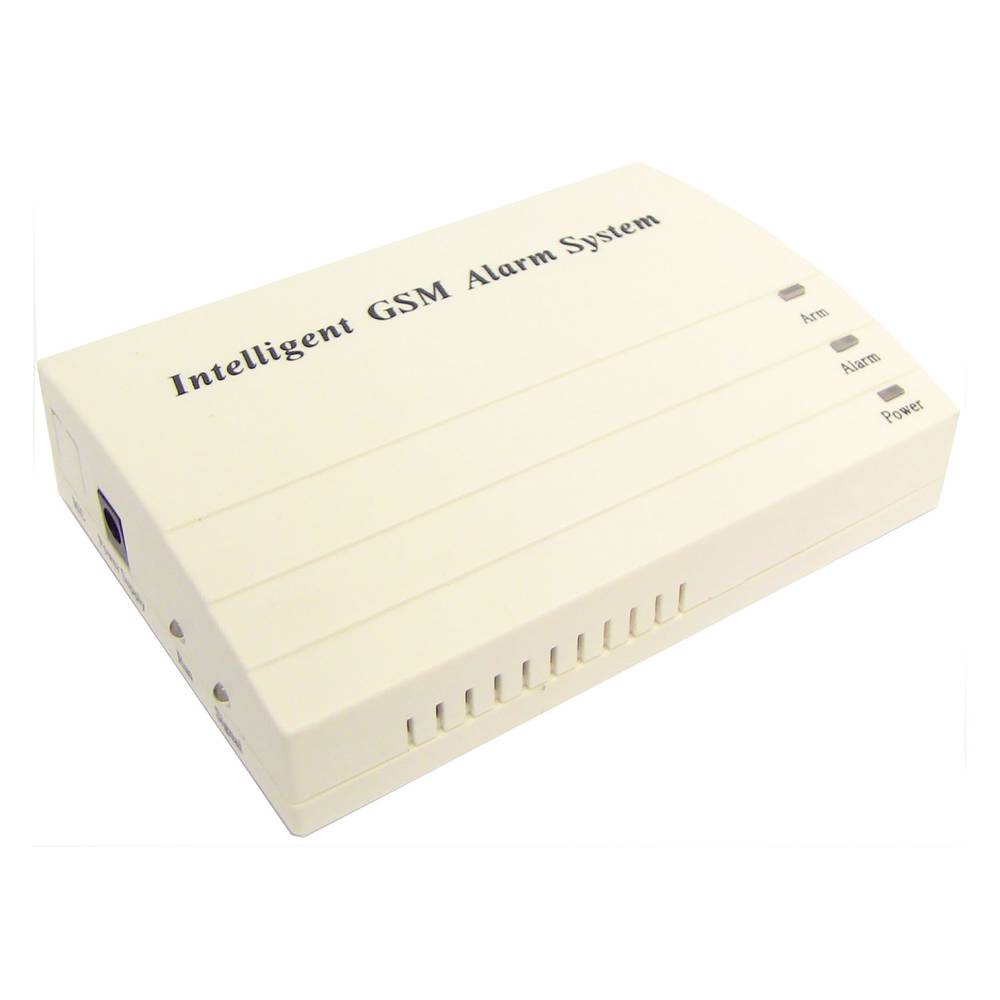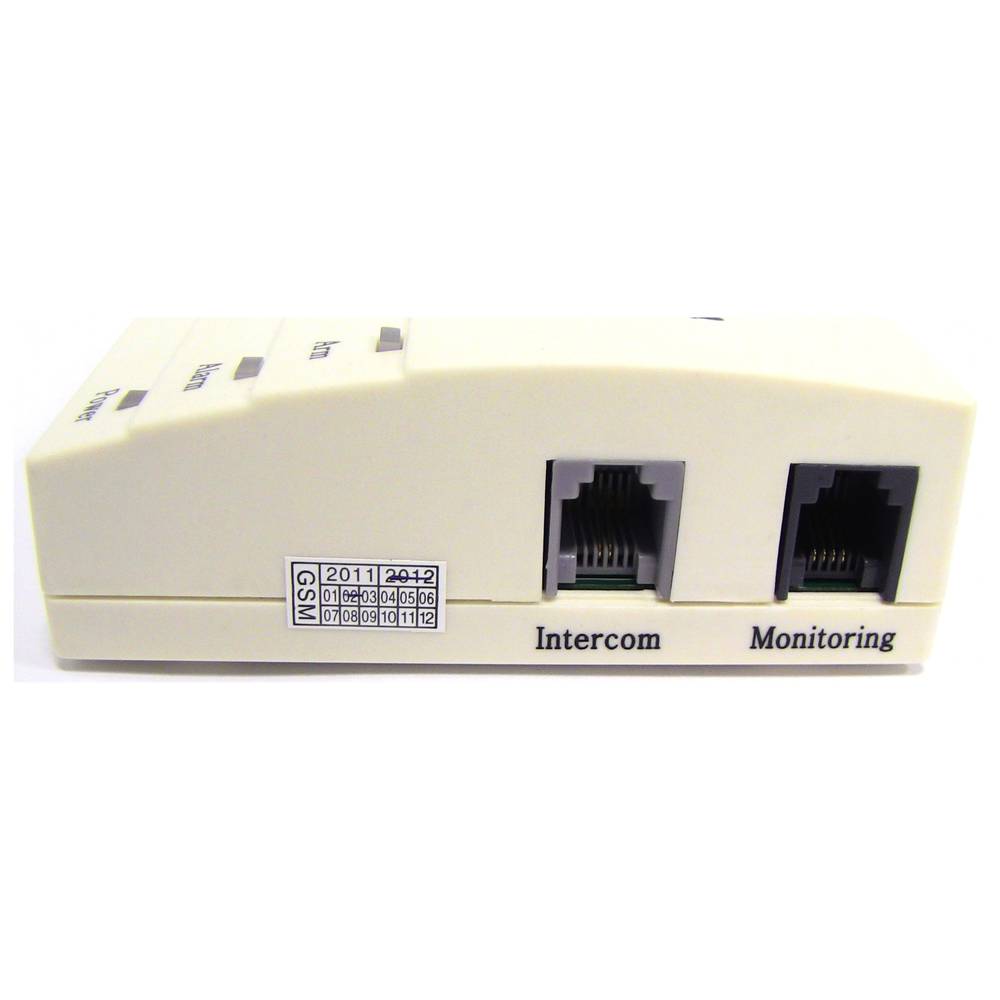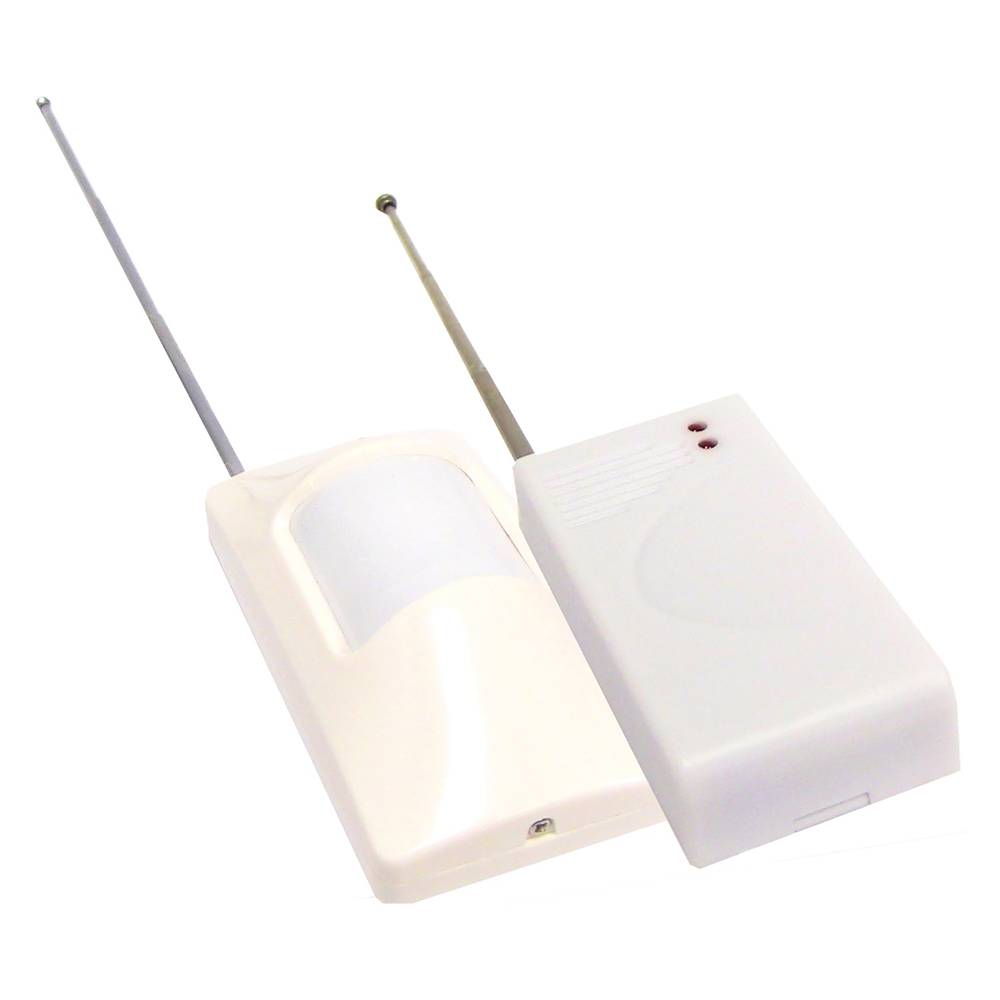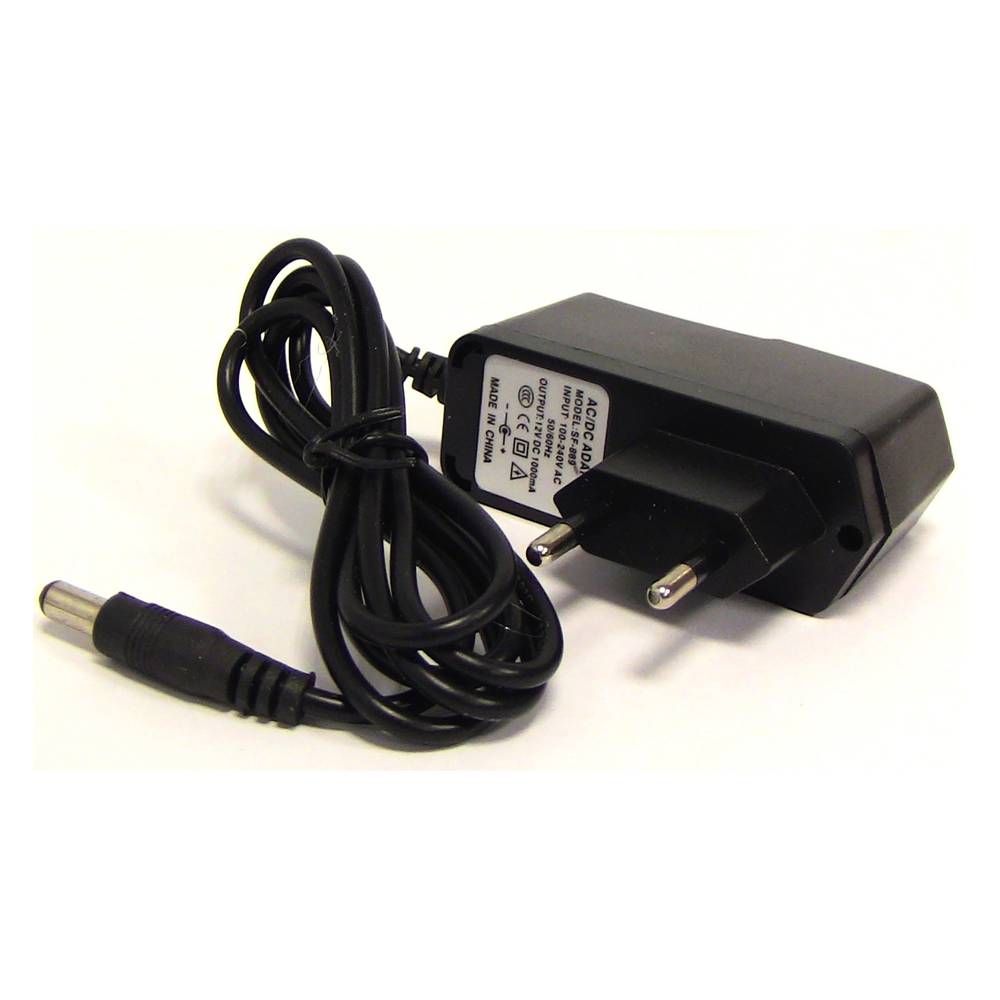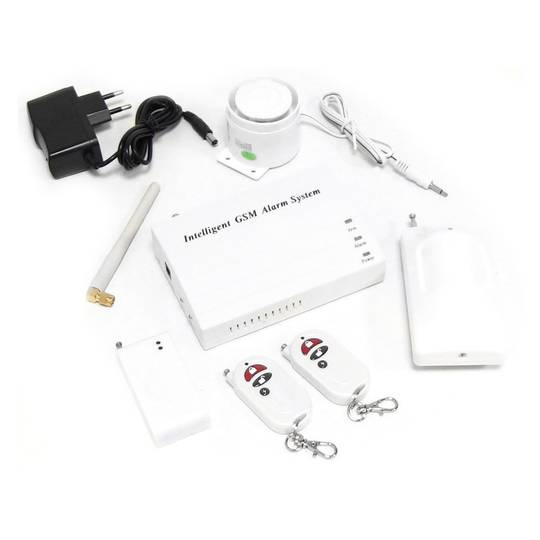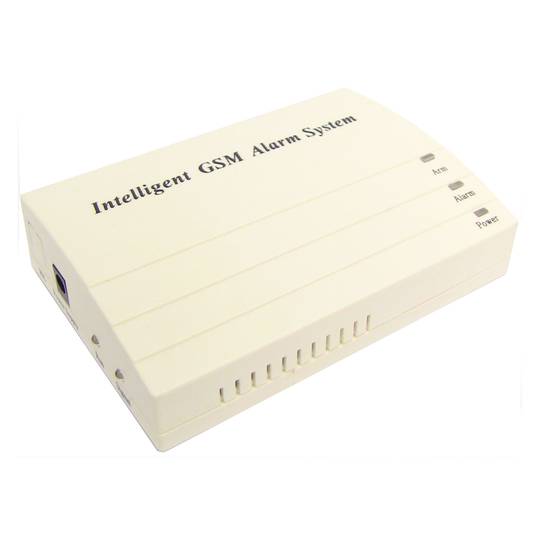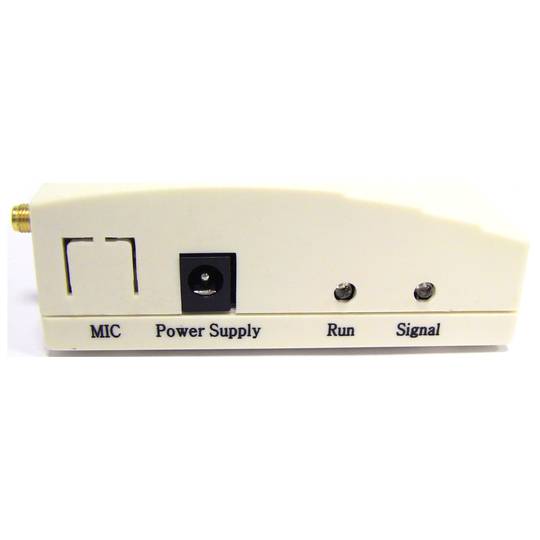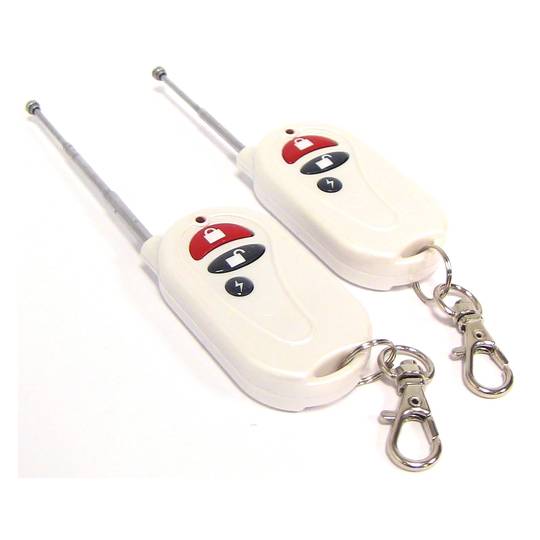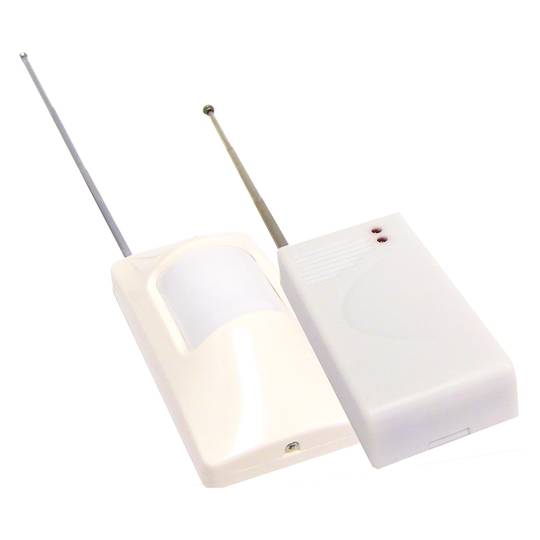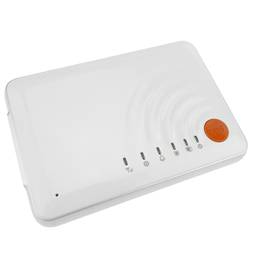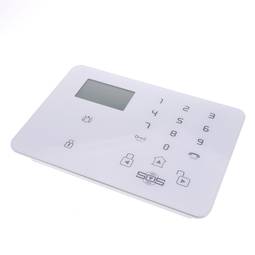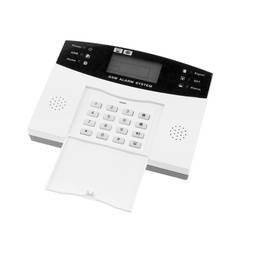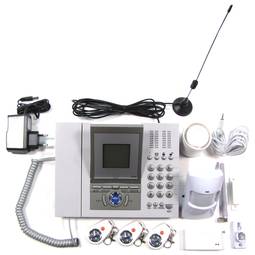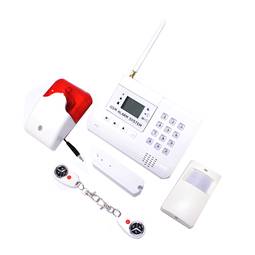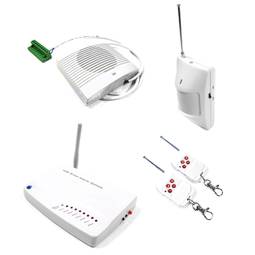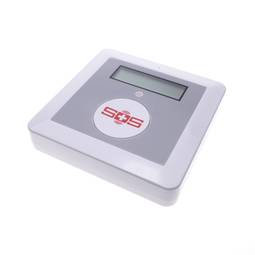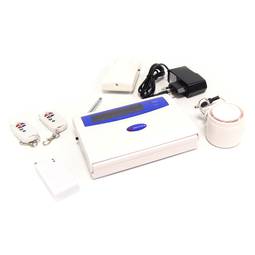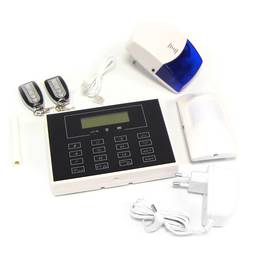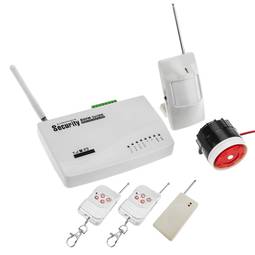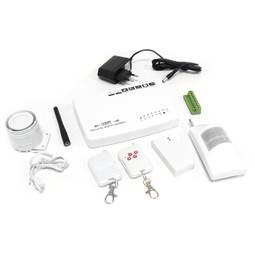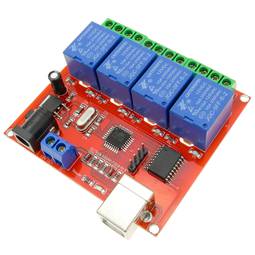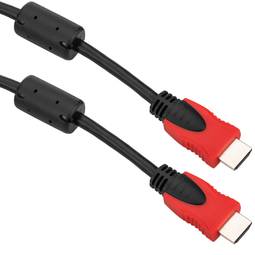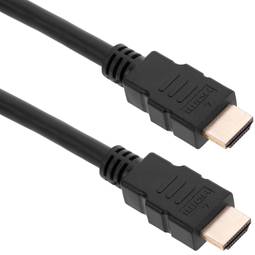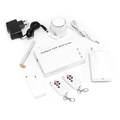11/20/2024 12:33 p.m.
https://stage.cablematic.com/en/products/alarm-2-band-gsm-a-LA010/
https://stage.cablematic.com/en/products/alarm-2-band-gsm-a-LA010/
Alarm 2-band GSM A
REF: LA010
OUTLET
Specifications
- Small size central unit: 129 x 90 x 32 mm. It has an adjustable GSM antenna and 3 status LEDs (Arm, Alarm and Power).
- GSM dual band model: 900 and 1800MHz.
- The central unit does not have a numeric keypad and the programming of the alarm is carried out through SMS messages.
- Anti-interference and anti-decoding function of the remote control.
- Allows you to program up to 8 zones baseds on wireless sensors. In total there are 6 standard wireless zones, 1 emergency wireless zone and 1 wireless fire zone.
PVP
€72.71
€24.72
Price including VAT:
€24.72
PVD
€63.90
€21.73
PVP: Retail price.
Check conditions.
PVP: Sale price to distributors.
Check conditions.
warranty
returns
OUTLET
Specifications
- Small size central unit: 129 x 90 x 32 mm. It has an adjustable GSM antenna and 3 status LEDs (Arm, Alarm and Power).
- GSM dual band model: 900 and 1800MHz.
- The central unit does not have a numeric keypad and the programming of the alarm is carried out through SMS messages.
- Anti-interference and anti-decoding function of the remote control.
- Allows you to program up to 8 zones baseds on wireless sensors. In total there are 6 standard wireless zones, 1 emergency wireless zone and 1 wireless fire zone.
Keywords
Did not find what you were looking for? These topic could help you
More info
Alarm system for home or business that can be extended with all kinds of wireless sensors. It allows to be connected to the GSM mobile telephone network so that when the alarm is triggered it makes calls to the telephones predefined by the user to alert of the possible intrusion or alarm. Economic system in which the companies that sell alarm center services are not necessary, thus eliminating monthly costs to makeof simple intermediaries between the alarm and the client. The alarm center can be your own mobile phone, which is ultimately where you would end up calling a central alarm company. There are mobile telephony operators that do not charge fixed expenses if no call is made, so it is possible to have a GSM SIM contracted and not have fixed expenses, except calls.
Specifications
Specifications
- Small size central unit: 129 x 90 x 32 mm. It has an adjustable GSM antenna and 3 status LEDs (Arm, Alarm and Power).
- GSM dual band model: 900 and 1800MHz.
- The central unit does not have a numeric keypad and the programming of the alarm is carried out through SMS messages.
- Anti-interference and anti-decoding function of the remote control.
- Allows you to program up to 8 zones baseds on wireless sensors. In total there are 6 standard wireless zones, 1 emergency wireless zone and 1 wireless fire zone.
- Zones can have more than one sensor or accessory configured with a maximum of 160 installed wireless sensors in total. Each zone can have its own configuration parameters related to the armed, disarmed, delayed detection, etc.
- Includes a sensor sensowireless magnetic (as reference #LB12), a wireless volumetric sensor (such as reference #LB02), two radio frequency remote controls, a siren (such as reference #LB21) and the power supply for the central unit.
- It allows to program up to 6 phone numbers to which the alarm calls to notify the activation of a sensor. It is also possible to send SMS messages of up to 160 charactersto the programmed numbers. The calls or sending of SMS are made in order according to the priority of each number.
- It allows remote access through SMS messages to execute most of the most typical commands: armed, disarmed, siren activation, etc.
- Allows the installation of more wireless sensors and sensors. The installation and coding of the new sensors is quick and easy as the unit central should simply recognize the new sensors. Compatible with accessories #LB0x, #LB1x, #LB2x, #LB3x, #LB4x, #LB5x, #LB6x, #LB7x, #LB8x and #LB9x.
- The programming is done by sending SMS messages to the alarm from a mobile phone and with password protection.
- The supplied remote controls have 3 buttons with the following functions: armed, partial armed (night), disarmed and emergency.
- In addition to alarm allows the programming of an emergency action plan for when the emergency button on the remote control is pressed or a special button is installed (Ref. #LB34). This benefit is ideal for the care of the elderly.
- Circuit or sensor failure notification function.
- Includes internal backup battery of 4-5 hours (approximate), so that the alarm will continueoperative even if there are power outages or sabotage.
- All local or remote configuration operations are protected by password.
- Easy to use and install. Any home or business can have one installed.
- The manuals are supplied in English.
- Gross Weight: 780 g
- Number of packages: 1
- Master-pack: 10
Technical terms
- GSM
- How to mount an alarm?
- RF or Radio Frequency
GSM
The global system for mobile communications (English Global System for Mobile communications, GSM, and originally from the French groupe spécial mobile) is a standard system, royalty-free, digital mobile phone. A GSM client can connect through your phone to your computer and send and receive emails, faxes, surf the Internet, access to the computer network security acompany (LAN/Intranet) and use other functions of digital data, including short message service (SMS) or text messages. What are the differences between GSM and UMTS? The GSM system operates by TDMA, ie, time is divided into slots and each user is assigned a slot, ie, a period for which data can be transmitted. Therefore each channel is shared by a ndetermined number of users. The system is a UMTS (WCDMA) code division multiple access broadband. In this system there are no time slots and GPRS. All users transmit simultaneously on the channel, but each user signals are encoded with a unique code so that even though we think that an "indecipherable signal" is formed by using the same frequencies simultaneously, It is not toyes, because the base station is capable of decoding and re perfectly separate each of the communications received from different users. This obviously implies a much higher channel utilization, to not share in time.
